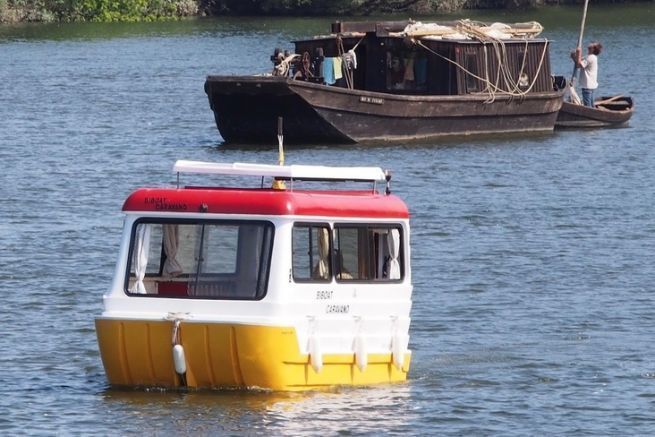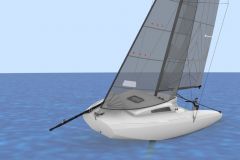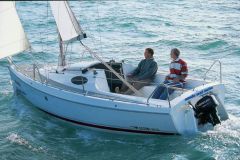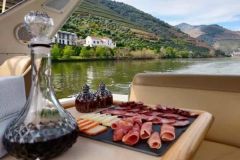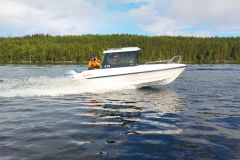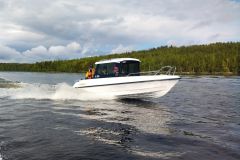Doing more with less has always been the credo of inventors and boating has not escaped this trend. Creators, brilliant or delirious, have put their ideas into practice to invent habitable and transportable boats. In reality, this has often consisted in floating caravans rather than equipping boats with wheels. None of these creations has really been successful, but when we happen to come across one of them on the water, we can only be curious, amused by the idea and admiring the amount of passion required to realize it.
The Renaud 5500, ultra transportable
The Renaud 5500 was able to accommodate 4 people with a headroom of 1.95 m and an overall length of 6.10 m. The cabin was equipped with a kitchen and a bathroom with shower. Of course, the banana hull did not help the directional stability. Above all, the boat nosedived sharply at the slightest reverse. Built in Marans, in Charente-Maritime, in a few copies, it was loaded on a flat trailer which allowed it to go anywhere according to the whims of its crew.
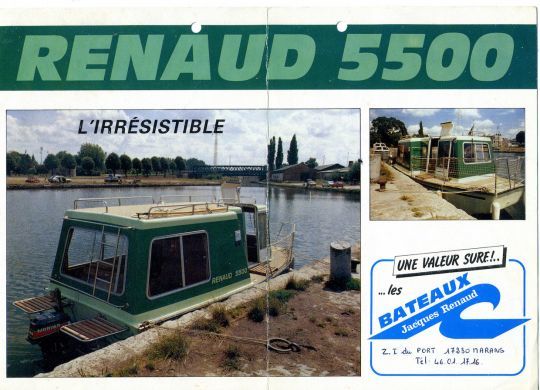
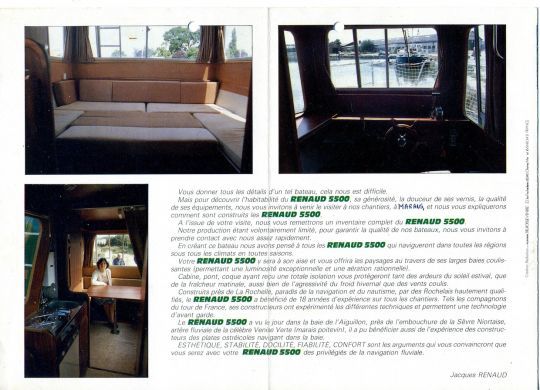
The Biboat Caravano, an assumed floating caravan
The Biboat Caravano is the smallest inhabitable river boat. It was designed in 1986 by Jack Castanié, a designer from the Allier who intended to patent his invention. Three copies of this boat have been produced. 4,50 m long, it offers up to 4 beds. The trailer system was designed so that the drawbar and the wheels are integrated into the hull, which keeps the cabin low enough for a caravan use. This model, saved from ruin by Sébastien Maillard, still makes its mark on the water!
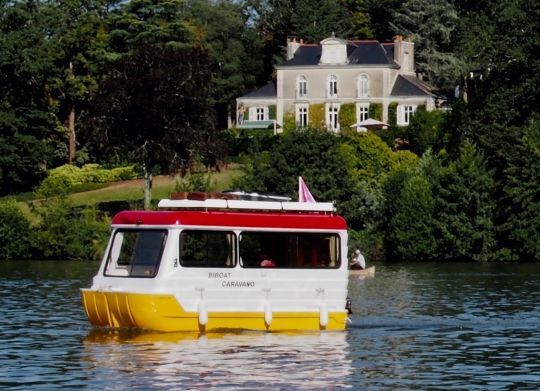
Cara-cruiser, the "British" charm
When it comes to nautical originality, the British are never outdone! The Cara-cruiser was built in 33 units in Brundall (United Kingdom). Here again, the wheel arches are molded into the hull and the tow bar is located in the keel. The interior can accommodate a couple with a child and is equipped with "so British" kitsch. The real difficulty is to make this 4.70 m hull follow a course, especially if the wind gets involved.
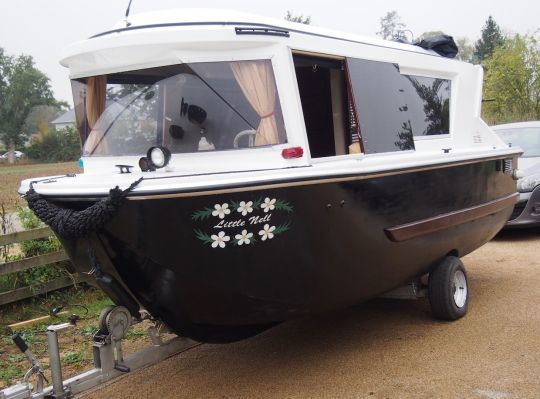
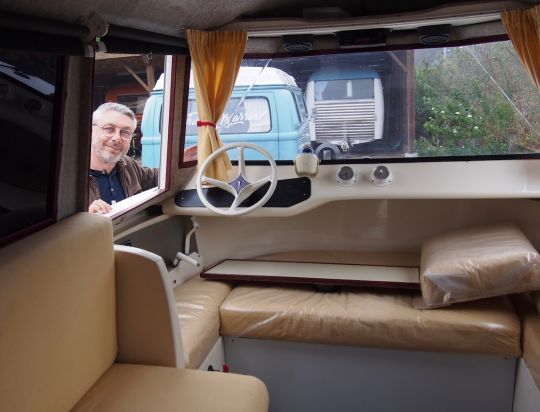
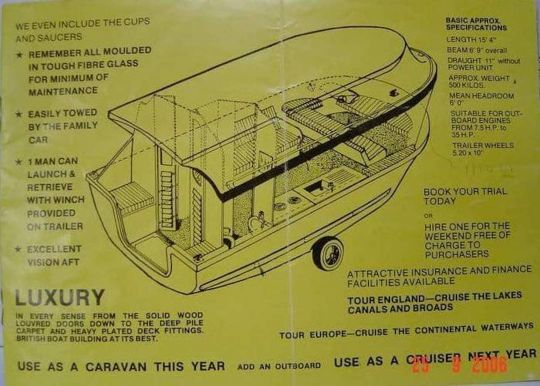
Explore, clever but complex
Contemporary creations try to revisit the concept. This is the case of the Explorer: a folding boat designed and built by Peter Sylvester. It is a trimaran hull whose two floats fold on the central hull to form a compact box with a road size. Unfolded it accommodates 4 people. Despite the amount of ingenuity that went into the design, the implementation is heavy and tedious. It takes a good half-day to unfold and reassemble everything, which prohibits impromptu weekends.
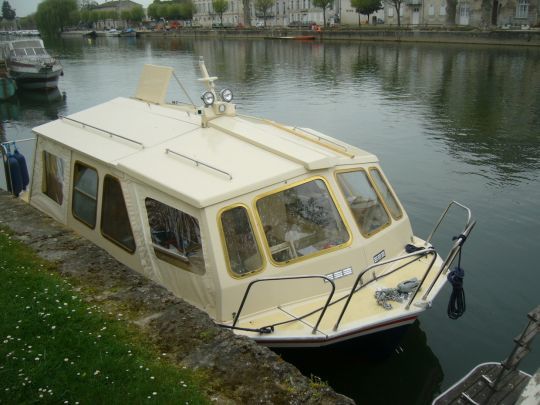
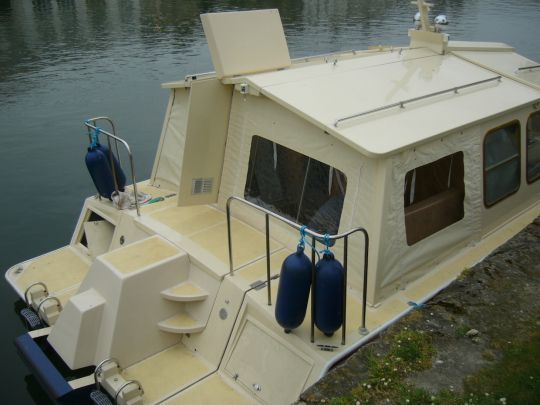
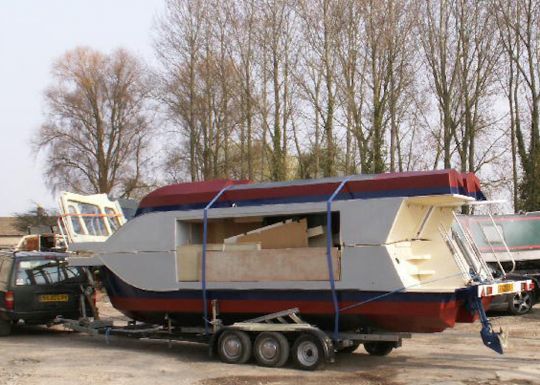
There have been other models, often anecdotal but always nice. With their wheelbarrow-like profile, none of these floating inventions has passed into the nautical pantheon. However, one cannot help but lift one's cap, if only to salute the amount of imagination that their creators have deployed.
